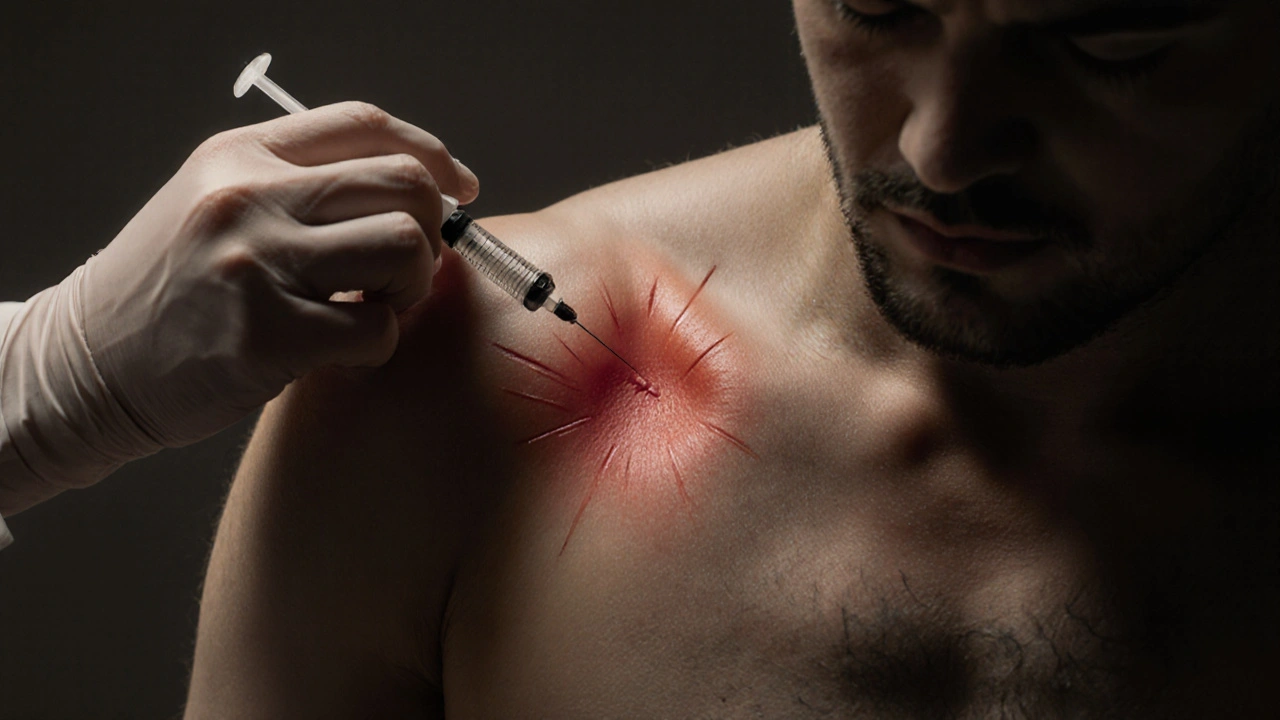Keloids: What They Are, How They Form, and What You Can Do
When your skin heals after an injury, it sometimes goes too far. A keloid, an overgrowth of scar tissue that extends beyond the original wound site. Also known as keloid scar, it doesn’t just fade away—it keeps growing, sometimes for months or even years. Unlike normal scars, keloids aren’t just cosmetic. They can be itchy, painful, and tight, making movement uncomfortable. They often show up after piercings, cuts, burns, or even minor acne, and they’re more common in people with darker skin tones.
Keloids are different from hypertrophic scars, thickened scars that stay within the boundaries of the original injury. Hypertrophic scars flatten over time. Keloids don’t. They’re driven by an overactive healing response—your body keeps making collagen long after it’s needed. Genetics play a big role. If your parent or sibling has keloids, you’re more likely to get them too. They’re not contagious, not cancerous, but they can be frustrating to live with.
Common triggers include ear piercings, surgical scars, chickenpox marks, and even razor bumps. Men and women both get them, but they’re most frequent between ages 10 and 30. The chest, shoulders, upper back, and earlobes are favorite spots. Sun exposure can make them darker and more noticeable. And yes, trying to pop or cut them off will only make them worse.
There’s no magic cure, but treatments exist. Silicone sheets, pressure earrings, steroid injections, and laser therapy can help flatten and fade them. Cryotherapy and surgery are options too—but surgery alone often brings back an even bigger keloid. The best strategy? Stop them before they start. If you know you’re prone, avoid unnecessary piercings or tattoos. Treat acne early. Cover new scars with silicone gel or tape. And if you’re already dealing with one, don’t wait. Early treatment gives you the best shot at control.
The posts below give you real, no-fluff advice on what works—and what doesn’t. You’ll find guides on managing keloid pain, comparing treatments, understanding why they form, and how to prevent them from coming back. No guesswork. Just clear, practical info from people who’ve been there.

How Triamcinolone Helps Reduce Keloids and Scars
Triamcinolone injections are a proven treatment for keloids and raised scars, reducing size, itching, and redness over time. Learn how it works, what to expect, and how it compares to other options.
Read More